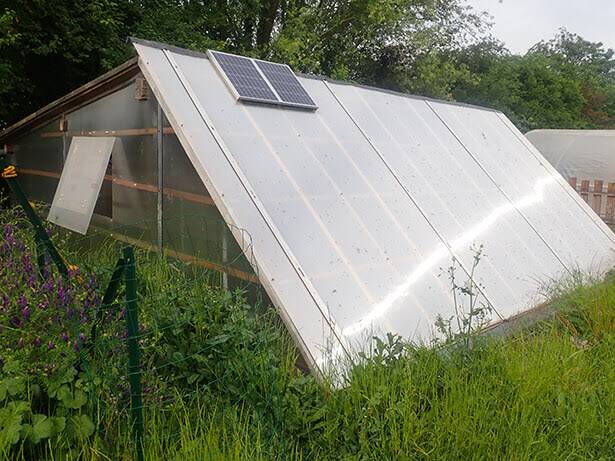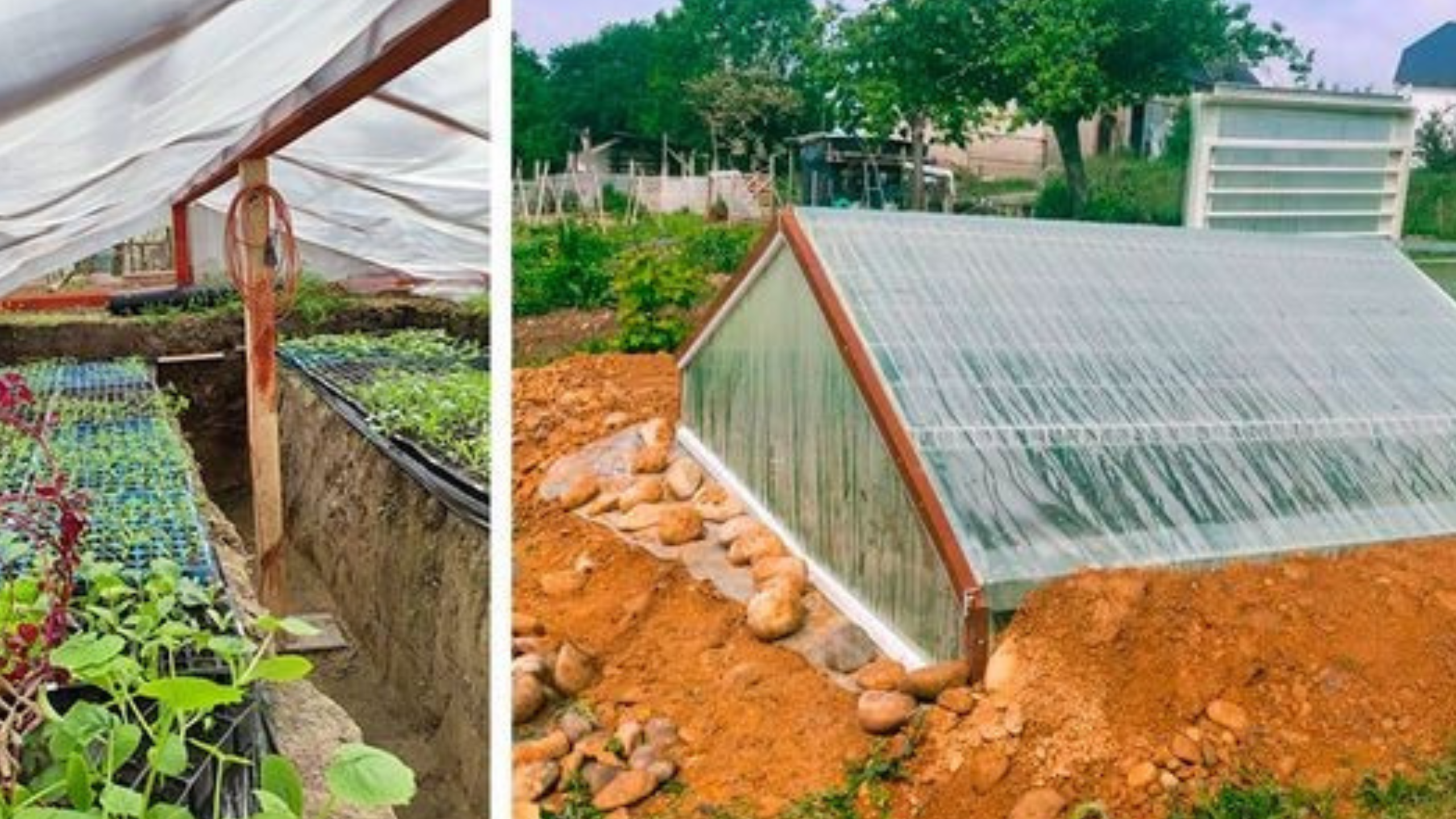For many gardeners, dealing with the challenges of fluctuating weather can be a real struggle. Extreme heat, frost, and unpredictable climates often interfere with growing crops year-round. That’s where the Walipini greenhouse comes in—an innovative underground solution that protects your plants from the elements, making it possible to enjoy fresh produce no matter the season.
A Walipini is a unique type of greenhouse designed to be partially or fully dug into the earth, leveraging the natural insulation of the soil. This underground approach helps stabilize the temperature inside, keeping it warmer in the winter and cooler in the summer. The result is an energy-efficient greenhouse that offers a comfortable environment for your plants without the need for costly heating or cooling systems.
Its simple construction using locally available materials makes it a budget-friendly alternative to traditional greenhouses, while its design ensures durability and low maintenance. Whether you’re facing snow, rain, or high winds, the Walipini can withstand the elements, making it a perfect choice for gardeners in challenging climates.

Planning Your Walipini Greenhouse
Before you start digging, there are a few important factors to consider:
Choosing the Right Location
The orientation of your Walipini is crucial for its effectiveness. In the Northern Hemisphere, you should position the long side of the greenhouse facing south to maximize exposure to sunlight. This ensures that the greenhouse captures the most heat during daylight hours, which is essential for maintaining a steady internal temperature.
In addition to sunlight, you’ll want to choose a location with well-draining soil. Poor drainage can lead to waterlogging, which can damage your plants and the structure. A natural slope in the landscape is helpful because it promotes better drainage and makes the digging process easier. Be sure to check for any nearby structures or trees that could cast unwanted shadows over your greenhouse.
Size and Depth Considerations
The size of your Walipini will depend on how much space you need for your garden. A typical starting size is 10 feet wide by 20 feet long, which is perfect for a small to medium-sized family garden. You can adjust the dimensions based on your personal needs and available space.
In terms of depth, it’s essential to dig at least 6 feet down. This depth ensures that the soil around the greenhouse can effectively insulate the structure, maintaining a stable temperature throughout the year, even in the coldest months.
Materials You’ll Need
To build your Walipini greenhouse, gather the following materials:
Excavation tools: A shovel or pickaxe to dig the foundation.
Retaining wall materials: Concrete blocks, bricks, or large stones.
Roofing materials: Greenhouse plastic, polycarbonate panels, or glass.
Structural supports: Wooden or metal beams for the frame.
Step-by-Step Guide to Building a Walipini Greenhouse
Step 1: Excavation
Start by digging the site to a depth of 6 to 8 feet, depending on your location and climate. As you dig, make sure the floor is level to allow for proper drainage. You should also slope the back wall higher than the front. This creates the proper angle for the roof, which is essential for capturing sunlight and maintaining temperature control inside the greenhouse.
Step 2: Building the Retaining Walls
Once the hole is dug, it’s time to build the retaining walls. Use sturdy materials like concrete blocks, bricks, or large stones to construct walls that will hold back the earth surrounding the greenhouse. For added insulation, consider adding a layer of straw bales or earthbags between the walls and the surrounding soil. This extra layer will help protect your plants from temperature extremes outside.
Step 3: Constructing the Roof Frame
The roof should be slanted at an angle of around 35 to 45 degrees to maximize sunlight exposure, especially in the winter months when the sun is lower in the sky. Construct the frame using sturdy wooden or metal beams, making sure they are evenly spaced to support the weight of the roofing material.
Step 4: Installing the Transparent Roof
Once the roof frame is in place, cover it with a transparent material, such as greenhouse plastic, polycarbonate panels, or even glass. Be sure to seal all the edges and gaps tightly to prevent air leaks. This step is essential for maintaining a consistent temperature inside the greenhouse.
Step 5: Ventilation and Access
Proper ventilation is key to maintaining a healthy environment for your plants. Install adjustable vents in the roof or sidewalls to allow air to flow in and out, preventing overheating in the summer and ensuring a steady supply of fresh air. Additionally, build a door that fits tightly to prevent cold drafts in the winter. Insulating the door is a good idea to further improve energy efficiency.
Tips for Successful Year-Round Gardening
Once your Walipini is built, there are a few strategies you can use to ensure a productive garden all year round:
Thermal Mass: Incorporate materials that can store heat, such as water barrels or large stones. These items will absorb heat during the day and slowly release it at night, helping to regulate the temperature inside the greenhouse.
Ventilation Management: In the summer months, you’ll need to control the temperature inside. Adjustable vents, fans, or shade cloths can help keep things cool and prevent overheating.
Monitoring Temperature: Regularly check the temperature inside your greenhouse, especially during extreme weather. Opening or closing vents as needed will help you maintain optimal conditions for your plants.
Conclusion
Building a Walipini greenhouse is a fantastic way to extend your growing season and protect your crops from harsh weather. By using simple materials and a well-thought-out design, you can create an energy-efficient, year-round growing environment that thrives in even the toughest climates. Whether you’re growing vegetables, herbs, or flowers, a Walipini provides a sustainable and cost-effective solution to your gardening challenges.

